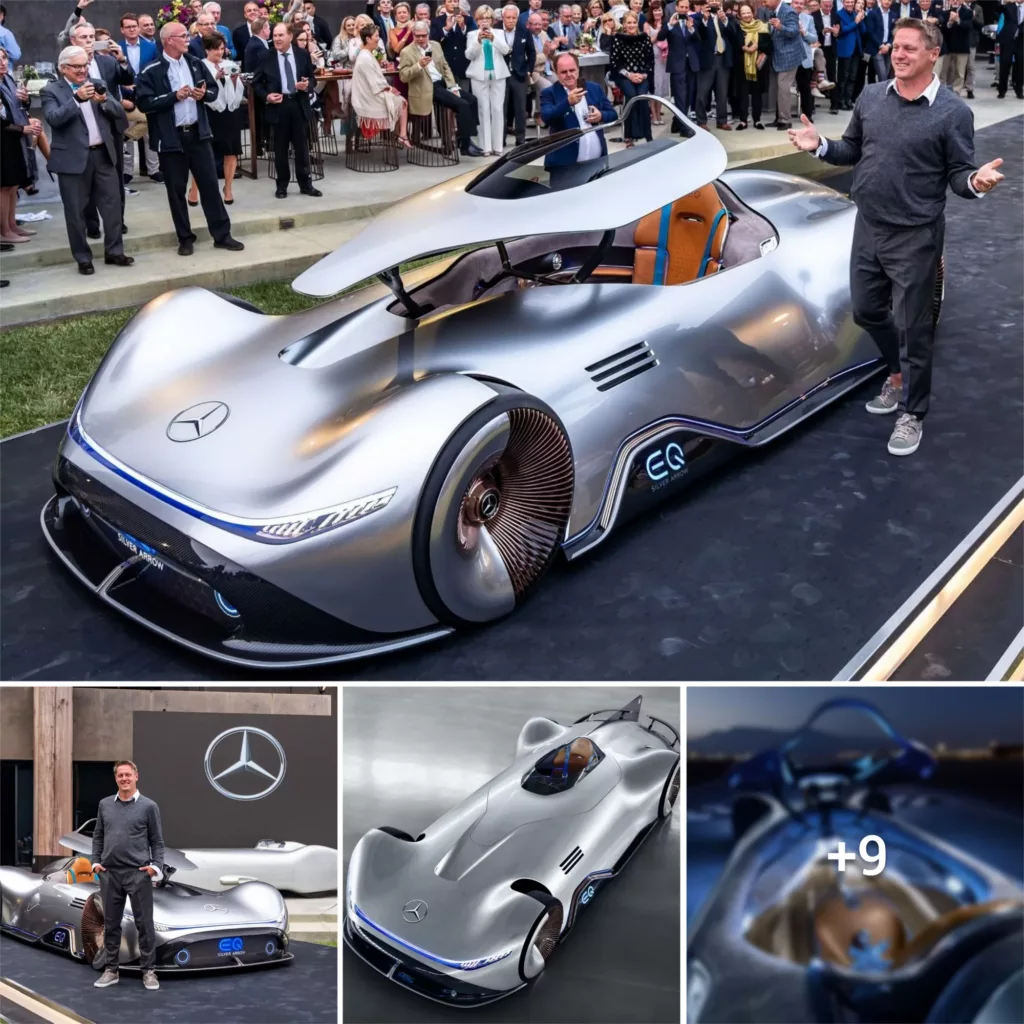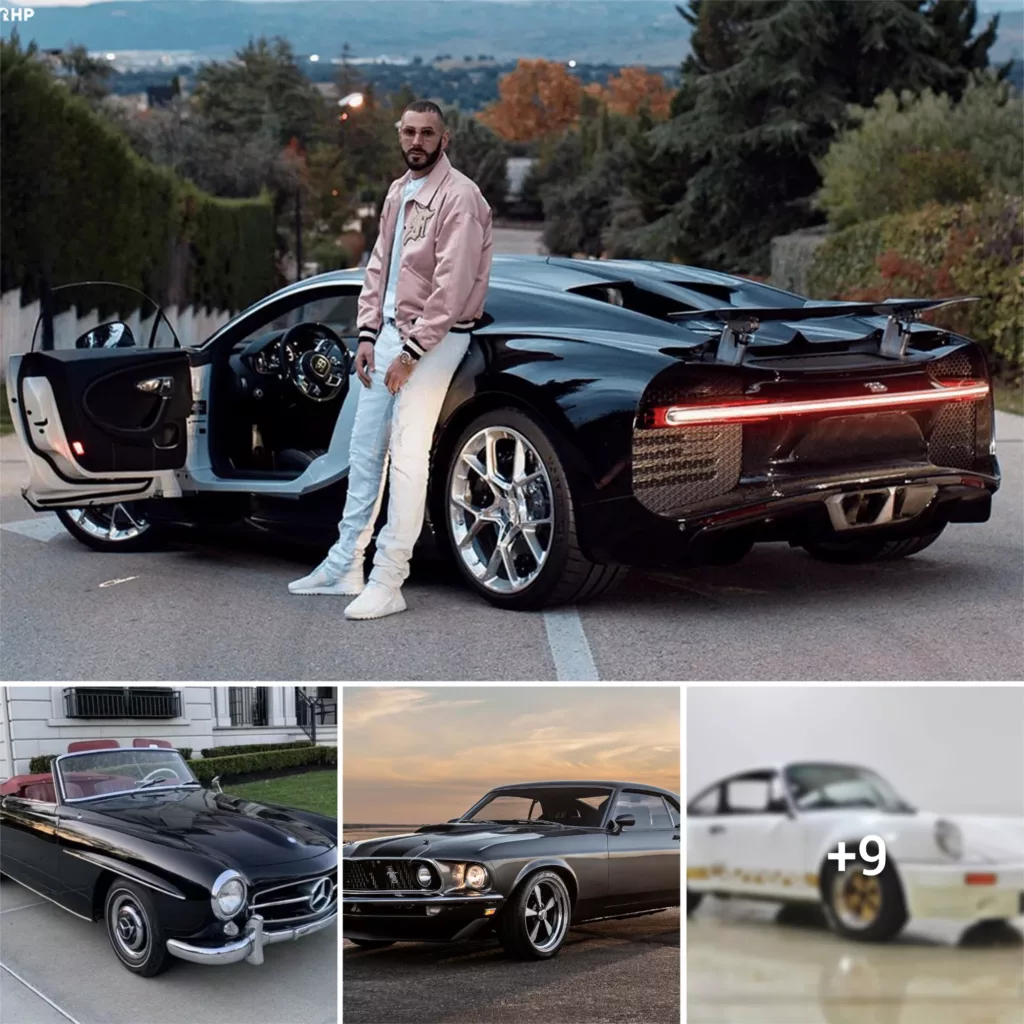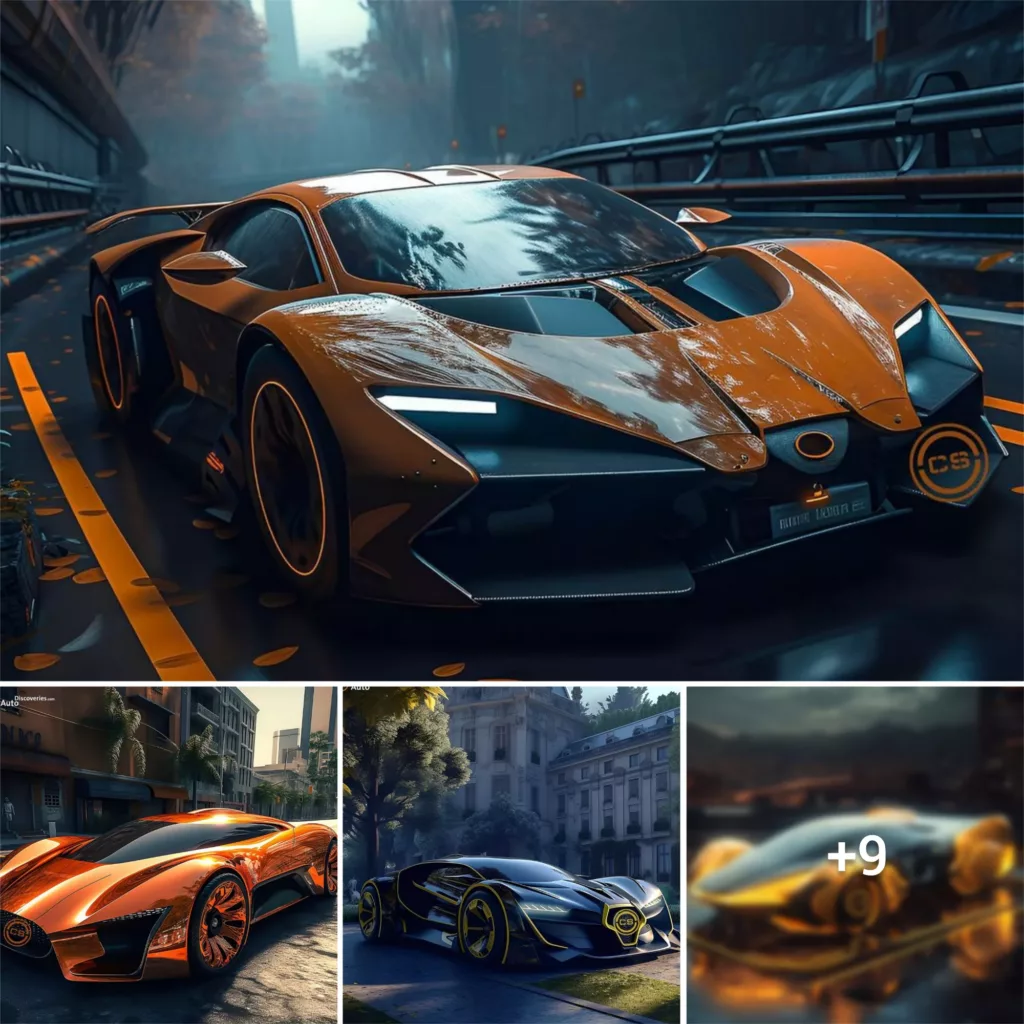![]()
Avatar, a science fiction film released in 2009, is an epic tale that transports the viewer to an alternate planet and explores its depths. Interestingly, the movie does not feature any traditional four-door sedans, particularly those manufactured by Mercedes-Benz. However, Mercedes-Benz took it upon themselves to create a sedan that fits the movie’s futuristic theme seamlessly. I had the opportunity to test drive this innovative creation.
![]()
Mercedes-Benz has launched the Vision AVTR, a car that takes inspiration from the movie Avatar. The vehicle is the outcome of a unique collaboration between one of the most creative names in the entertainment industry and the world’s most valuable luxury car brand, according to a statement released by Mercedes.
![]()
The vehicle in front of you was first unveiled at CES two years ago, and it was a joint effort by Mercedes and Lightstorm Entertainment. Mercedes is a well-known car manufacturer that is currently transitioning to electric propulsion after 140 years of using internal-combustion power. Meanwhile, Lightstorm is the production company behind the incredibly successful movie, Avatar. They recently wrapped up filming the highly anticipated sequel, Avatar: The Way of Water.
![]()
If the moon Pandora had sand dunes, balloon tires would come in handy. That’s what Mercedes-Benz thinks, at least. The Avatar movies are set on this fictional moon, where tall blue creatures coexist in harmony with their surroundings. Mercedes wants its concept car to follow suit and live in harmony with the planet. The car is electrically powered, but it doesn’t use batteries that contain precious metals. Instead, it boasts a powerful and compact high-voltage battery based on graphene-based organic cell chemistry, eliminating rare, toxic, and expensive earths like metals. This technology marks a significant step towards electromobility that isn’t reliant on fossil resources. So, let’s give Mercedes a break and ponder over the possibility of balloon tires on the moon!
![]()
The battery chemistry of the Avatar-inspired concept car is not extensively disclosed, but it is merely a concept. One could even state that it operates on goodwill and marketing and technically be accurate. To construct the vehicle, recycled ocean plastics were used for the seat backs, karuun was employed for the floor mats, and vegan materials were utilized for the seat surfaces. The concept car aims to incorporate the movie’s environment and contemplate how that environment would impact car design in the future, rather than just being an Avatar-themed vehicle.
![]()
Zane Amorales, who leads Mercedes-Benz’s advanced user-experience team, shared that their project aimed to explore the future of sustainable mobility. Inspired by the Avatar movies, they wanted to achieve harmony between nature and technology in their cars. To do this, they developed a concept that incorporates advanced technology but is also more human-centric. The AVTR concept is packed with unique features, such as balloon tires made of polyurethane that can turn up to 30 degrees, allowing it to move sideways like a crab. When approached, it lights up like an excited puppy. The deck lid has 33 bionic flaps that move like gills, which tilt back and turn blue when accelerating and tilt forward and turn red when braking. The rear valence panel has lighted digital neurons that flow faster as the car speeds up. Overall, the AVTR concept is full of fun and innovative features, even if it may seem far-fetched.
![]()
The Mercedes-Benz concept car boasts a fully illuminated T-shaped surface, but how does it handle on the road? Unfortunately, I can’t provide an answer as I never exceeded a slow walking pace during my test drive. However, it’s worth noting that concept cars are all about showcasing new ideas and features, so functionality may not be fully realized. When you open the car doors, an electric motor slowly lifts the large glass panels upwards and forwards, similar to the BMW i8. As you slide into the comfortable vegan seat, six projectors cleverly merge into one large screen that stretches across the dashboard and central console. To control the car’s movement, a joystick knob is located on the center armrest. This feature resembles older concepts like the 1992 Saab Drive-By-Wire Concept or Big Daddy Roth’s Beatnik Bandit. Pushing the joystick forward moves the car in that direction, while pushing it downward initiates a crab walk.
![]()
As a concept, the AVTR is not the smoothest or fastest vehicle out there, but we’re just happy to be allowed in. While the four electric motors are supposed to produce 469 hp, it’s unclear whether that’s entirely accurate. During our test drive, the AVTR made creaking noises and hesitated, only reaching a walking pace. Additionally, the large glass roof could potentially make the interior uncomfortably hot on any planet due to its high solar gain. It’s uncertain which of these ideas will actually make it into production, but one thing is clear: Mercedes is making a conscious effort to become more eco-friendly in the future, just like the blue people on Pandora.
![]()
Jon Landau, the producer of Lightforce, expressed his satisfaction with the collaboration with Mercedes during the concept phase, stating that the relationship was excellent. According to him, Avatar movies have an ethos that distinguishes them from other films by challenging viewers to perceive the world differently and to realize the impact of their actions. Therefore, they were searching for partners who share in this ethos, and Mercedes and its CEO, Ola Källenius, were those partners. Together, they have a vision for a sustainable future that aligns with the values of Avatar. To see the sustainable features that could be incorporated into your next Mercedes, explore the pH๏to gallery. The premiere of the Avatar sequel will take place nationwide this weekend.
![]()
![]()




